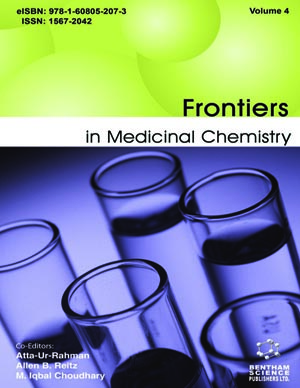Abstract
A number of histone deacetylase (HDAC) inhibitors have been developed as anticancer agents and most of them are hydroxamic acid derivatives, typified by suberoylanilide hydroxamic acid (SAHA), Trichostatin A (TSA) and NVPLAQ824. However, hydroxamic acids have been associated with poor pharmacokinetics and severe toxicity. In addition, although isozyme-selective HDAC inhibitors are considered useful not only as tools for probing the biology of an enzyme but as drugs with low toxicity, many of the hydroxamate HDAC inhibitors do not distinguish well among the HDAC isozymes. Thus, there has been considerable interest in developing non-hydroxamate HDAC inhibitors. To date, small fatty acids, o-aminoanilides, electrophilic ketones, N-formyl hydroxylamines, thiols and mercaptoamides have been reported as non-hydroxamate HDAC inhibitors, and some of them show antiproliferative activity comparable to hydroxamates. Interestingly, hydroxamate HDAC inhibitors such as SAHA and TSA do not discriminate well among the HDAC isozymes whereas many non-hydroxamate HDAC inhibitors have shown selectivity. These non-hydroxamate HDAC inhibitors should pave the way for the development of tools for biological research and new medicines with few side effects. In this review, we introduce nonhydroxamate HDAC inhibitors describing their design, enzyme inhibition, cancer cell growth inhibition and isozyme selectivity.
Keywords: Histone deacetylase, inhibitor, hydroxamic acid, non-hydroxamate, zinc protein, drug design, anticancer agent, isozyme selectivity






















